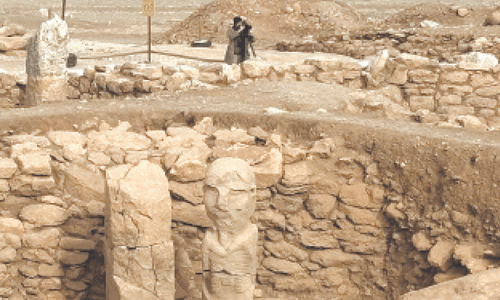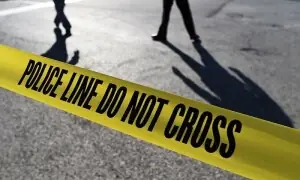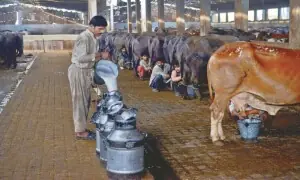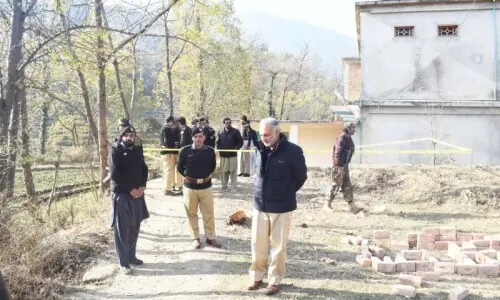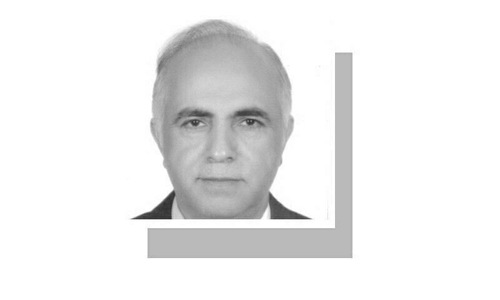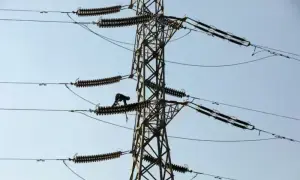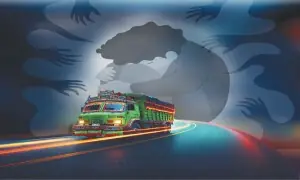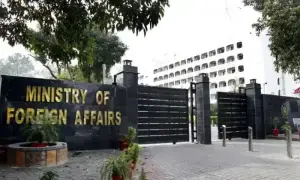TAROK KOLACHE (Afghanistan): It took 50,000 pounds of American explosives to level Niaz Mohammad’s village.
The village had become a Taliban stronghold, a virtual factory for bombs that killed and maimed American soldiers. At the height of the US offensive in late 2010, commanders chose what they considered their best option: They approved an air strike that flattened all the buildings in town, more than 40, including Mohammad’s home. Though no civilians were killed, the bombardment quickly became one of the most controversial attacks of the war in Afghanistan.
Three years later, the village is a sandy ruin, symbolising the gains and losses of America’s longest war. A handful of villagers, among them Mohammad, have trickled back. The US Army withdrew this summer from the valley where Tarok Kolache is located. The Taliban have mostly fled to other districts.
Relative peace came to Tarok Kolache, but only after it was demolished.
“What did we win in this war? We lost our homes. We lost our village,” said Mohammad, 47, the village’s de facto patriarch, with thick black eyebrows and a wavy salt-and-pepper beard. “The Taliban do not live here anymore, but they were only fighting in the first place because the Americans were here.”
On the other side of the world, the man who decided to bomb Tarok Kolache, Army Colonel David Flynn, sits in his office at a base in Oklahoma, hoping that his “painstaking choice” has paid off.
“I think about Tarok Kolache every day,” Flynn said. “There were no good options there.”
Mohammad was one of the few who have returned to his ancestral village, now only partially rebuilt. In a country still peppered with rusty 40-year-old Russian tanks and long-decayed 130-year-old British forts, Tarok Kolache already feels like another relic of war.
To compensate the villagers for the loss of their 100-year-old homes, the US military built them square, concrete rooms. But those structures — oddities in a valley of mud-baked dwellings — are cracking. Locals refuse to live in them, so the buildings sit empty, full of wasp nests, the subject of mockery. There are still the barbed wire and blast barriers brought here to protect the US base at the edge of the village. The base itself, constructed after the Tarok Kolache bombing, has since been dismantled.
Mostly, there are sand, rocks and empty space where there once were homes. Some residents received up to $10,000 in compensation from the US military and moved elsewhere. Some said it was too dangerous to stay in Tarok Kolache after the US base was established. Some said it still smelled like death after several Taliban members were killed. Many said the Americans failed to rebuild what they had promised.
“For us, it was like a deadly poison,” said Abdul Hamid, a former resident who moved to the nearby city of Kandahar after the operation, claiming he was compensated for a fraction of his property.
Mohammad felt compelled to go home, though now he wonders whether it was a good idea. His family has been in Tarok Kolache for 150 years, farming acres of nearby land. The Taliban insinuated themselves into the village around 2008, turning it into one of the most prolific bomb factories in Kandahar province, according to US officials. Soldiers started referring to its “house-borne improvised explosive devices”, a play on “vehicle-borne improvised explosive devices”, the military expression for car bombs.
Mohammad and his fellow villagers say they were never supportive of the Taliban. But he claims the series of events that ended with the destruction of his village started with the American invasion in 2001. “If the Americans hadn’t come, we would still have our village,” he said.
The bombing didn’t kill any civilians, but it stood out for the scale of its destruction. Before- and-after satellite pictures released in the aftermath of the attack show a cluster of houses that seemed to vanish into the desert. Crops on nearby land were destroyed.
US officials were quick to call the operation a success. Afghan members of the US-backed government said it was tragic but necessary. Both groups pointed to the proof: The Taliban left Tarok Kolache.
“The other option was to keep patting the ground by hand, looking for IEDs,” Flynn said. “After losing several guys, we found it wasn’t worth the risk.”
Flynn watched as the airstrike was carried out, knowing it would weaken the enemy but infuriate many locals. He thinks his decision, supported by top American commanders, was the right one.
“Leadership isn’t about being the most popular guy on the street,” he said. “It’s about getting the job done and improving a bad environment.”
POOR EXECUTION: There were objections not only from Afghan civilians but also from American academics and analysts, who said it was an example of the unnecessary use of force. For some outside the military, Tarok Kolache became a symbol of the Afghanistan war’s poor execution.
Mohammad learned about the American debate over Tarok Kolache months after it began raging on blogs and op-ed pages. He asked an English-speaking friend in Kandahar city to search the name of his village on Google. He couldn’t believe what he saw — a seemingly endless back-and-forth about whether Tarok Kolache’s destruction was justified.
“It was amazing — I didn’t know we were famous in Tarok Kolache,” he said, smiling.
The Afghan government, for its part, hasn’t ignored the village, but redevelopment efforts have been uneven. Authorities built a new mosque to replace the one that was destroyed, but they did not replace the village’s school, which survived the air strike, only to be taken over by an Afghan army outpost. More than a dozen children living in Tarok Kolache have nowhere to study.
Some Afghan proponents of the bombing now wonder what the operation’s long-term impact will be.
“We’re worried about factional tension. We fear that with the foreign troops’ departure, the locals will go at each other’s throats,” said Shah Mohammad, the governor of Kandahar province’s Arghandab’s district, referring to tensions between supporters and critics of the government.
Others worry that the residents of Tarok Kolache, who were once neutral in the war, have come to sympathise with the Taliban.
“After the bombing, they’ve become pro-Talib. They’re the strongest Taliban supporters in Arghandab,” said Naiz Mohammad, the district police chief.
The area’s villages are now patrolled by Afghan army and police units scattered across Arghandab. So far, they’ve held off the Taliban. But top Afghan officers say the situation could easily shift. The local terrain — the dense orchards and far-flung, high-walled mud compounds — could favor the insurgents.
For his part, Flynn remains in touch with the American soldiers who lost their limbs in this once-hostile valley to the kind of makeshift bombs that used to pour out of the village. This month, he visited parents whose son was killed several hundred yards outside Tarok Kolache.
Flynn said he still plans to fulfill the promise he made to the village’s residents. One day, he’ll drive there in a civilian vehicle and drink tea with the men whose homes were destroyed in the bombing of 2010.
“We’ll sit down, and we’ll talk about the bad times behind us.”
By arrangement with Washington Post-Bloomberg News Service

